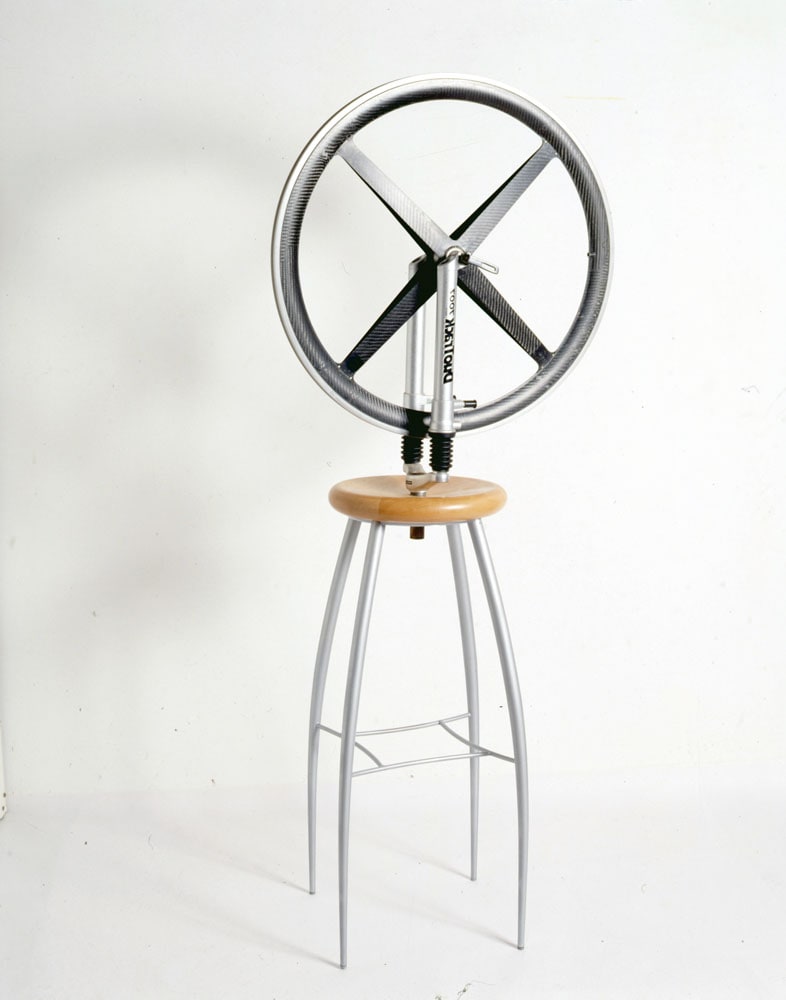Director: Vitaly Mansky
Latvia, Switzerland, Czech Republic, 2018, 102’, color
Russian with Turkish, English subtitle
The events of the film begin on December 31, 1999 when Russia was acquainted with its new President Vladimir Putin, as Boris Yeltsin announced that he was stepping down. The film is based on unique and strictly documentary testimonies of the true causes and consequences of “Operation Successor”. The protagonists of the film are Mikhail Gorbachev, Boris Yeltsin, Vladimir Putin, and the Russian nation, as always being a silent witness of its own destiny. Made by one of Russia’s most renowned documentary-makers, Vitaly Mansky, Putin’s Witnesses tells the story of how Putin rose to power and is holding his position for nearly two decades, by providing first-hand footage he shot near Putin and Yeltsin, on that fateful night.
Trailer

In 1998 Ben Jakober and Yannick Vu collaborated on an obvious remake of Marcel Duchamp’s Roue de Bicyclette, his first “readymade” object. Duchamp combined a bicycle wheel, a fork and a stool to create a machine which served no purpose, subverting accepted norms of art.
Tuesday - Saturday 10:00 - 19:00
Friday 10:00 - 22:00
Sunday 12:00 - 18:00
The museum is closed on Mondays.
On Wednesdays, the students can
visit the museum free of admission.
Full ticket: 300 TL
Discounted: 150 TL
Groups: 200 TL (minimum 10 people)